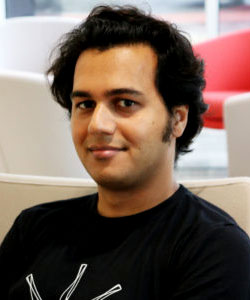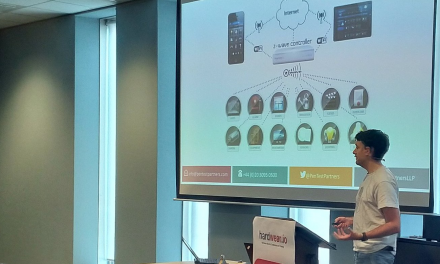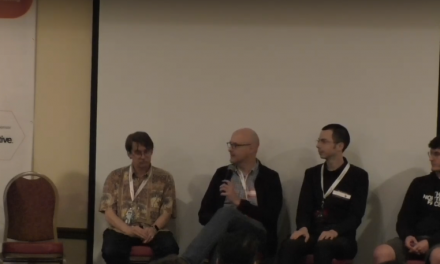Details
About the talk
Researchers present TLBleed, a novel side-channel attack that leaks information out of Translation Lookaside Buffers (TLBs). TLBleed shows a reliable side channel without relying on the CPU data or instruction caches. This, therefore, bypasses several proposed CPU cache side-channel protections. Their TLBleed exploit successfully leaks a 256-bit EdDSA key from
Presentation from the talk
Further, they show how another exploit based on TLBleed can leak bits from the side-channel resistant RSA implementation in

Ben Gras
Security Researcher, Vrije Universiteit Amsterdam
In Feb-July 2017, he did a research internship with Cisco in the security research group in Knoxville, TN.
He is presently pursuing a Ph.D. in mischief.

Kaveh Razavi
Security Researcher, Vrije Universiteit Amsterdam





![Integrated Circuit Offensive Security | Olivier Thomas [@reivilo_t] from Texplained [@Texplained_RE]](https://media.hardwear.io/wp-content/uploads/2019/06/IC-offensive-security-hardwear-io-usa-2019-440x264.jpg)
Recent Comments